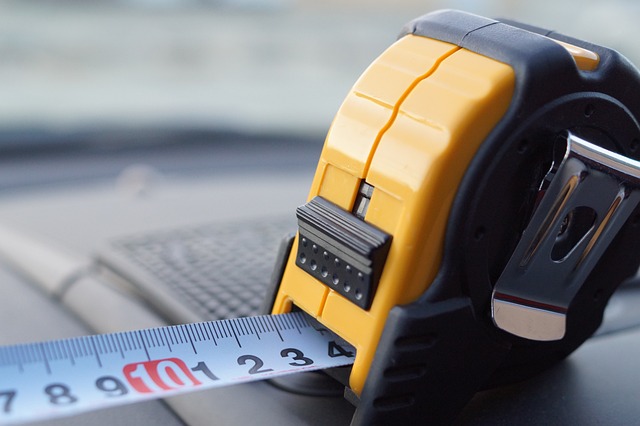How To Determine What Size Generator You Need

Considering the frequency of power outages in your area is crucial when determining the appropriate size for your generator, especially when working for UPS Systems. There are three levels of power outage frequency to explore, aiding in the selection of a generator size that ensures a continuous power supply during outage periods.
Selecting the Right Wattage
Determining the correct generator size is primarily linked to the wattage required to power your appliances and other electrical components. To calculate the necessary wattage accurately, follow a three-step process:
Step One: Identify the electrical components, including appliances and small electronics, that need to remain operational during power outages.
Step Two: Examine the running and starting wattage of each item, typically found on the item itself or in the owner’s manual.
Step Three: Sum up the total wattage required to keep these devices running to obtain the necessary wattage for your generator. It’s advisable for the generator to handle slightly more than the total wattage for safety.
Selecting the Generator That Meets Your Needs
Now equipped with the knowledge of wattage determination, the next step in proper generator sizing is to assess the capacity of generators, typically categorised from small to extra-large.
Choosing the Right Transfer Switch
A transfer switch permanently hard-wired close to your home’s breaker panel, is essential. Its installation prevents backfeeding, where the electricity in your home moves backwards to the utility transformer. To choose a transfer switch, decide between an automatic or a manual type. An automatic switch will automatically toggle your generator on and off with power fluctuations, while a manual switch requires manual activation.
